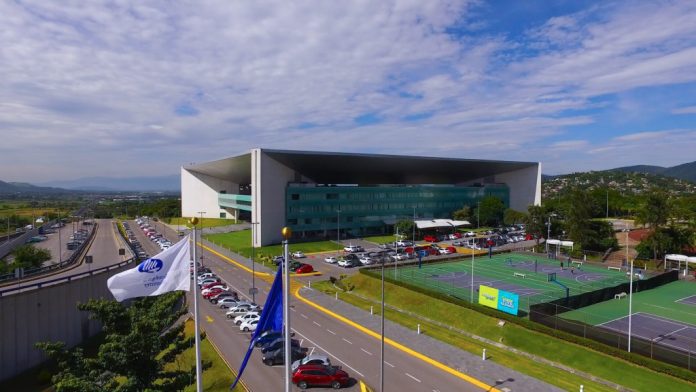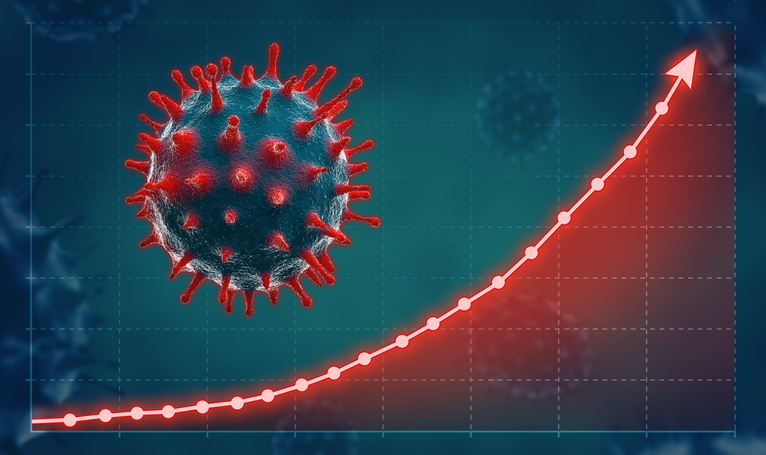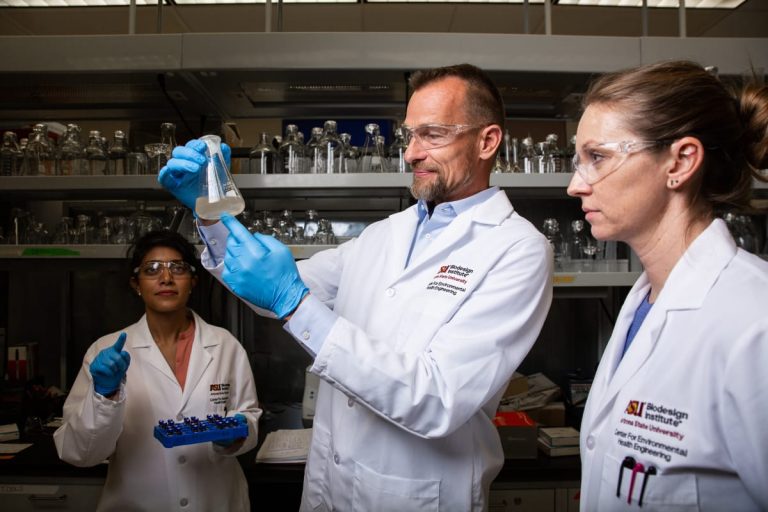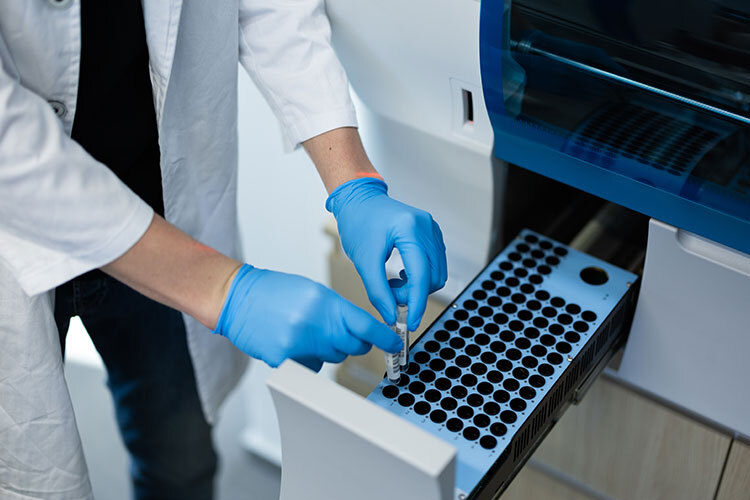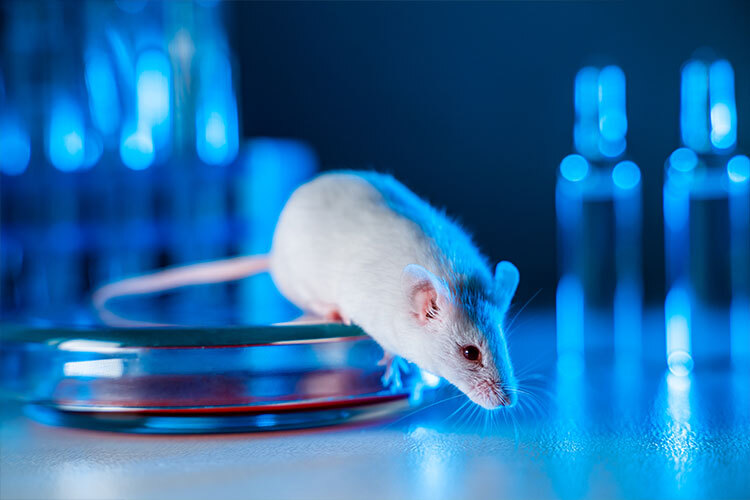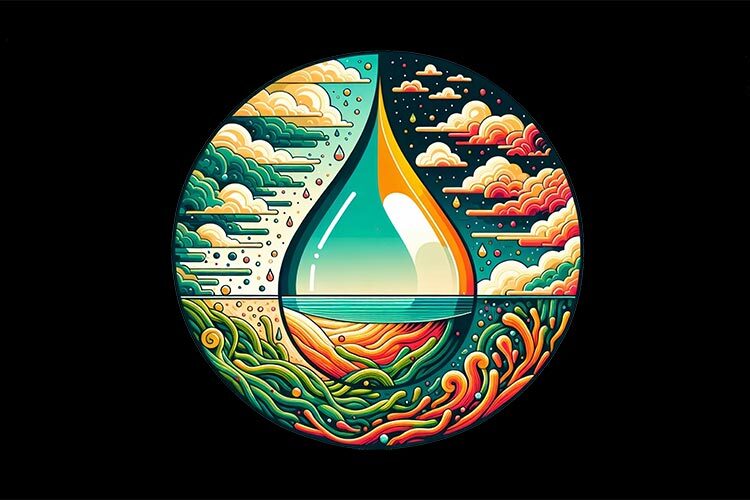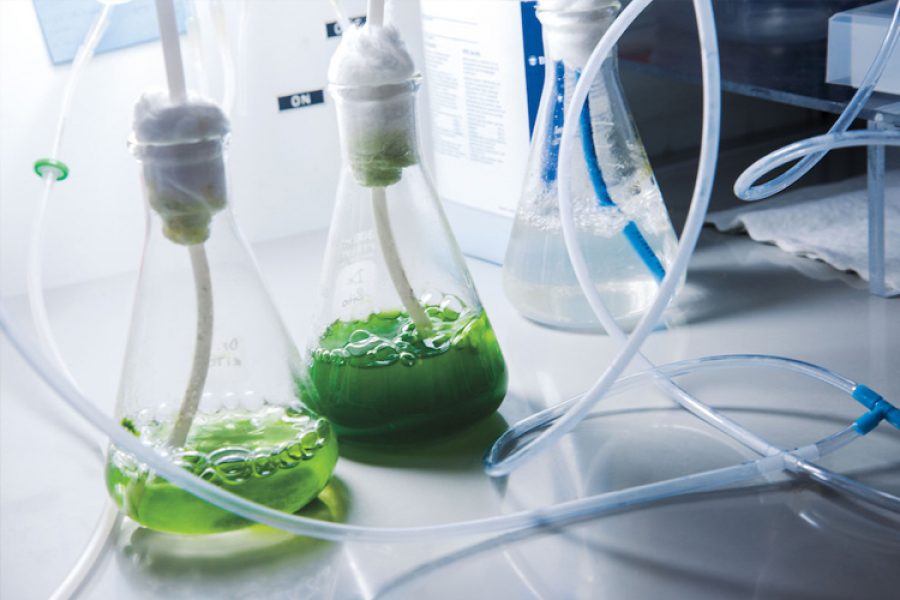Wastewater is a great source of information that up until now has not been fully explored. Diseases can be detected (and even prevented) and chains of transmission such as those caused by the SARS-CoV-2 virus can be broken. This is one of the strategies that the Tecnológico de Monterrey will implement on all of its campuses for a safe return to class.
Roberto Parra, professor and researcher at the School of Engineering and Sciences, is in charge of the studies and explains that taking samples can detect both those who have symptoms and those who do not.
“In Urban Metabolism, each person is like a cell in an organism in which different biological processes or diseases occur. The waste carries molecules that, through the use of sophisticated analysis equipment, can be identified in the wastewater. In this case, we will take weekly samples and carry out studies which will serve as a tool for monitoring the health of the Tec community as an organism,” he explains in an interview for TecScience.
After obtaining the results, the decision can be made to reduce capacity, close a building or even return a campus to remote mode and avoid an increase in infections. All this can be done through swift action based on quantitative information generated by continually monitoring each campus.
How to analyze wastewater?
The analysis of wastewater is nothing new, but with the use of new tools today, modern scientists can study urban metabolism where SARS-CoV-2 is and evaluate the epidemiological evolution. It is a new and proven science in several countries that are using this technique to monitor the evolution of COVID-19.
First, the wastewater is sampled, processed, and a reverse transcription polymerase chain reaction (RT-PCR) test is performed to reconstruct an estimate of the upstream viral load. This means that the most common test used to detect the novel coronavirus is now used to identify the amount of viral RNA in wastewater.
RNA is studied when taking the sample, due to the fact that SARS-CoV-2 cannot be seen directly as it decomposes rapidly in wastewater. The sample must be frozen to be preserved. Then, the correlation between the number of copies and the upstream infected population can be found.
“Monitoring samples of wastewater is important because it is representative of everyone who is on campus or in a city at the time. We can detect if there are people infected with Covid-19 in very large populations,” adds Roberto Parra.
To achieve such a large project, the group led by Dr. Parra is made up of a multidisciplinary team.
This group is coordinated by: Dr. Eduardo Sosa, and includes Dr. Elda Melchor, Carlos Castillo, Mariel Oyervides, and Manuel Martínez. The operation is supported by Itzel López, M.Sc., and engineers Laura Rodas, Sofía Lucero, and Mildred Jiménez. In addition, they work in close coordination with the leading Covid team at national level.
This team solves problems of logistics, molecular biology, epidemiology, working with complex matrices, and interpretation and representation of data.
What’s done in other countries
The technique of checking wastewater is successful when the objective is to know the number of infections among many individuals, even in entire cities.
Currently, more than a dozen research groups around the world use this technique to estimate the total cases of SARS-CoV-2 in a community.
Given that not the entire population can be sampled through individual tests due to the limitations of logistics, finances, and resources available in the health services, it is important to have this generalized monitoring tool.
In Australia, the Netherlands, France, the United States, Spain, Brazil, and Switzerland, fragments of the virus have been detected in wastewater treatment plant systems. Also, the teams of Devin Bowes and Erin Driver –from the team of scientists at the Biodesign Institute of Arizona State University led by Professor Rolf Halden–, carry out their research in this way and have been strategic partners of the Tecnológico de Monterrey.
“In regional wastewater, our waste –solid and liquid– mixes to become one. It creates a vast and dynamic data source that alerts us to underlying threats to community health and informs us as to what we can do to curb these threats,” explains researcher Erin Driver.
According to scientists, wastewater-based epidemiology and waste sludge metrology are useful tools for monitoring diseases and public health.
In June, scientists from the University of Barcelona –using this technique– revealed that Covid-19 was already present in samples collected in March 2019.
Tec de Monterrey’s strategy and the sentinel program
Those in charge of applying this model explain that it will begin with the main campuses; those with the largest populations that are located in states with a federal risk index level of yellow.
Initially, the pilot will focus on biweekly monitoring and the frequency will be increased depending on the levels of detection and activity on the campuses.
The data generated will allow for a sentinel program for the pandemic within the Tecnológico de Monterrey community. In the future, this will be scaled up to fully cover the return to face-to-face activities.
Paulina Campos, Covid-19 leader of the institution at national level, is in charge of the reopening of the campuses. She has confirmed that new protocols will be implemented in the facilities such as the reduction of capacity and constant monitoring of the risk levels in different states with a view to return.
In each campus of the institution, there will be a person who is responsible for taking the sample, sending it to Monterrey -where the RNA analyzes will be processed and carried out- and that information will be recorded on a table of indicators to help make decisions.
Campos states that, beyond the implementation of wastewater studies for the detection of Covid-19, this plan can be used in the long term for the detection of other types of diseases or substances.
